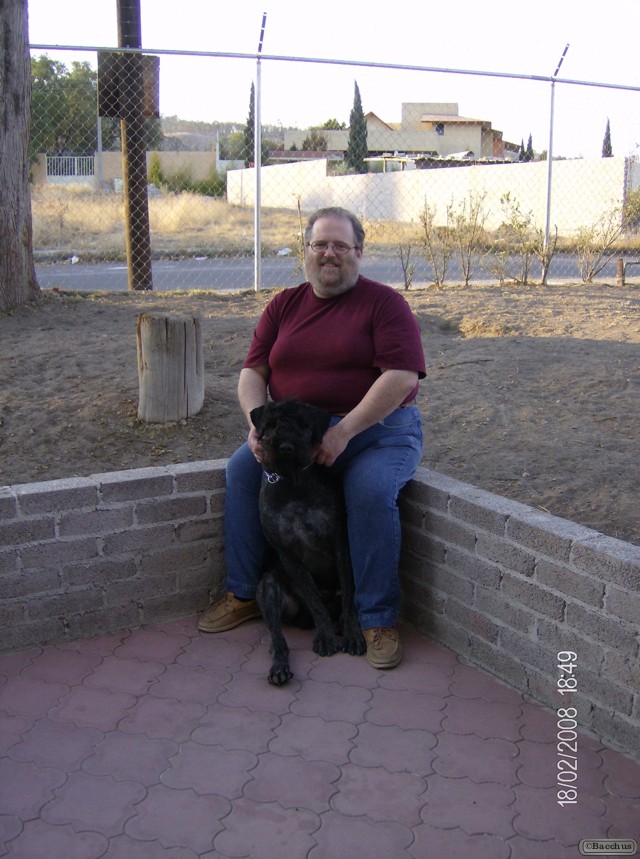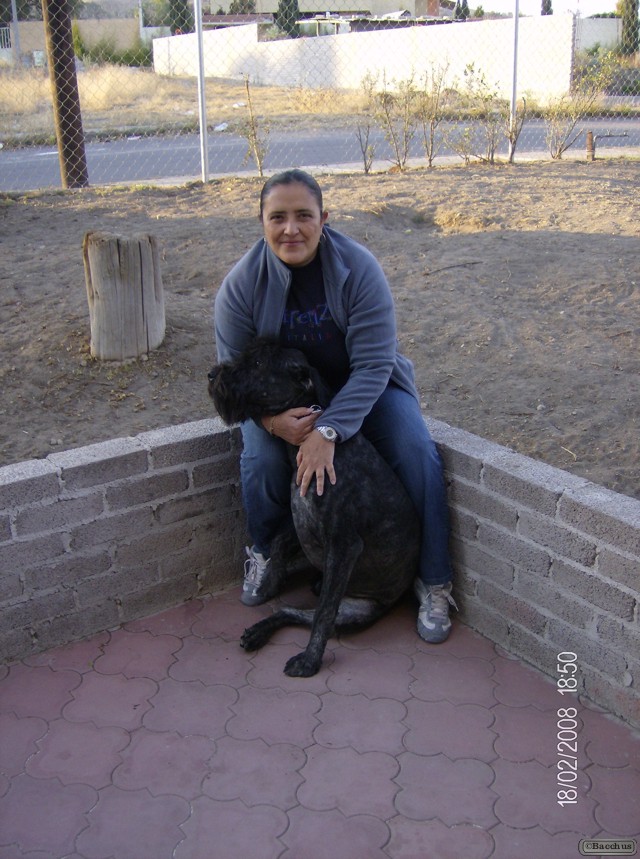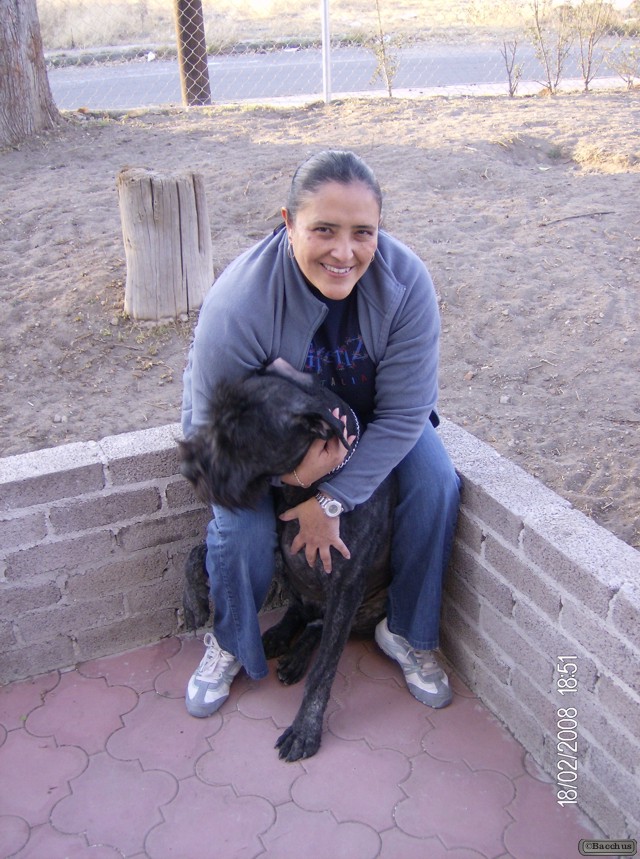Family
Family
History and Schools of Metaphysics
British Empiricism
British empiricism marked something of a reaction to rationalist and system-building philosophy, or speculative metaphysics as it was pejoratively termed. The sceptic David Hume famously declared that most metaphysics should be consigned to the flames. Hume was notorious among his contemporaries as one of the first philosophers to openly doubt religion, but is better known now for his critique of causality. John Stuart Mill, Thomas Reid and John Locke were less sceptical, embracing a more cautious style of metaphysics based on realism, common sense and science. Other philosophers, notably George Berkeley were led from empiricism to idealistic metaphysics.
Kant
Immanuel Kant attempted a grand synthesis and revision of the trends already mentioned: scholastic philosophy, systematic metaphysics, and skeptical empiricism, not to forget the burgeoning science of his day. As did the systems builders, he had an overarching framework in which all questions were to be addressed. Like Hume, who famously woke him from his “dogmatic slumbers”, he was suspicious of metaphysical speculation, and also places much emphasis on the limitations of the human mind.
Kant saw rationalist philosophers as aiming for a kind of metaphysical knowledge he defined as the synthetic apriori – that is knowledge that does not come from the senses (it is a priori) but is nonetheless about reality (synthetic). Inasmuch as it is about reality, it differs from abstract mathematical propositions (which he terms analytical apriori), and being apriori it is distinct from empirical, scientific knowledge (which he terms synthetic aposteriori). The only synthetic apriori knowledge we can have is of how our minds organise the data of the senses; that organising framework is space and time, which for Kant have no mind-independent existence, but nonetheless operate uniformly in all humans. Apriori knowledge of space and time is all that remains of metaphysics as traditionally conceived. There is a reality beyond sensory data or phenomena, which he calls the realm of noumena; however, we cannot know it as it is in itself, but only as it appears to us. He allows himself to speculate that the origins of God, morality, and free will might exist in the noumenal realm, but these possibilities have to be set against its basic unknowability for humans. Although he saw himself as having disposed of metaphysics, in a sense, he has generally been regarded in retrospect as having a metaphysics of his own.
Nineteenth century philosophy was overwhelmingly influenced by Kant and his successors. Schopenhauer, Schelling, Fichte and Hegel all purveyed their own panoramic versions of German Idealism, Kant’s own caution about metaphysical speculation, and refutation of idealism, having fallen by the wayside. The idealistic impulse continued into the early twentieth century with British idealists such as F. H. Bradley and J. M. E. McTaggart.
Followers of Karl Marx took Hegel’s dialectic view of history and re-fashioned it as materialism.
Luc Paquin
Off-Site Training
We welcome opportunities to discuss taking our Supported Conversation for Adults with Aphasia (SCA) workshops to you. We will review your particular learning objectives and timeline, suggest the workshops that fit best and then provide a quote that will include requirements and costs to make this happen.
We’re heading to McGill University to do a 3-Day Training event in September, but are happy to consider new opportunities in 2016!
To discuss off-site training options, contact Marisca Baldwin, Education and Learning Coordinator at 416-226-3636, ext. 23 or training@aphasia.ca
Norma
History and Schools of Metaphysics
Aristotle
Plato’s pupil Aristotle wrote widely on almost every subject, including metaphysics. His solution to the problem of universals contrasts with Plato’s. Whereas Platonic Forms exist in a separate realm, and may exist uninstantiated in visible things, Aristotelian essences “indwell” in particulars.
Potentiality and Actuality are principles of a dichotomy which Aristotle used throughout his philosophical works to analyze motion, causality and other issues.
The Aristotelian theory of change and causality stretches to four causes: the material, formal, efficient and final. The efficient cause corresponds to what is now known as a cause simpliciter. Final causes are explicitly teleological, a concept now regarded as controversial in science. The Matter/Form dichotomy was to become highly influential in later philosophy as the substance/essence distinction.
The opening arguments in Aristotle’s Metaphysics, Book I, revolve around the senses, knowledge, experience, theory, and wisdom. The first main focus in the Metaphysics is attempting to determine how intellect “advances from sensation through memory, experience, and art, to theoretical knowledge”. Aristotle claims that eyesight provides us with the capability to recognize and remember experiences, while sound allows us to learn.
Luc Paquin
History and Schools of Metaphysics
Socrates and Plato
The first known philosopher, according to Aristotle, is Thales of Miletus. Rejecting mythological and divine explanations, he sought a single first cause or Arche (origin or beginning) under which all phenomena could be explained, and concluded that this first cause was in fact moisture or water. Thales also taught that the world is harmonious, has a harmonious structure, and thus is intelligible to rational understanding. Other Miletians, such as Anaximander and Anaximenes, also had a monistic conception of the first cause.
Another school was the Eleatics, Italy. The group was founded in the early fifth century BCE by Parmenides, and included Zeno of Elea and Melissus of Samos. Methodologically, the Eleatics were broadly rationalist, and took logical standards of clarity and necessity to be the criteria of truth. Parmenides’ chief doctrine was that reality is a single unchanging and universal Being. Zeno used reductio ad absurdum, to demonstrate the illusory nature of change and time in his paradoxes.
Heraclitus of Ephesus, in contrast, made change central, teaching that “all things flow”. His philosophy, expressed in brief aphorisms, is quite cryptic. For instance, he also taught the unity of opposites.
Democritus and his teacher Leucippus, are known for formulating an atomic theory for the cosmos. They are considered forerunners of the scientific method.
Luc Paquin
History and Schools of Metaphysics
Pre-Socratic Metaphysics in Greece
The first known philosopher, according to Aristotle, is Thales of Miletus. Rejecting mythological and divine explanations, he sought a single first cause or Arche (origin or beginning) under which all phenomena could be explained, and concluded that this first cause was in fact moisture or water. Thales also taught that the world is harmonious, has a harmonious structure, and thus is intelligible to rational understanding. Other Miletians, such as Anaximander and Anaximenes, also had a monistic conception of the first cause.
Another school was the Eleatics, Italy. The group was founded in the early fifth century BCE by Parmenides, and included Zeno of Elea and Melissus of Samos. Methodologically, the Eleatics were broadly rationalist, and took logical standards of clarity and necessity to be the criteria of truth. Parmenides’ chief doctrine was that reality is a single unchanging and universal Being. Zeno used reductio ad absurdum, to demonstrate the illusory nature of change and time in his paradoxes.
Heraclitus of Ephesus, in contrast, made change central, teaching that “all things flow”. His philosophy, expressed in brief aphorisms, is quite cryptic. For instance, he also taught the unity of opposites.
Democritus and his teacher Leucippus, are known for formulating an atomic theory for the cosmos. They are considered forerunners of the scientific method.
Luc Paquin
On-site – Professional Training
The Aphasia Institute offers training sessions for health care professionals on how to work with clients with aphasia and to help them overcome communication barriers. Health care professionals will be shown how to apply training techniques to clinical situations such as assessment, counselling, group therapy and working with clients and their communication partners.
Resources, materials and manuals are provided in many of the workshops. All sessions are accredited courses as approved by the Continuing Education Board of the American Speech-Language-Hearing Association (ASHA).
To register, contact Marisca Baldwin, Education and Learning Coordinator at 416-226-3636, ext. 23 or training@aphasia.ca.
Norma
History and Schools of Metaphysics
Pre-Socratic Metaphysics in India
Vedanta
Realization of the nature of Self-identity is the principal object of the Vedanta system of Indian metaphysics. In the Upanishads, self-consciousness is not the first-person indexical self-awareness or the self-awareness which is self-reference without identification, and also not the self-consciousness which as a kind of desire is satisfied by another self-consciousness. It is Self-realisation; the realisation of the Self consisting of consciousness that leads all else.
The word Self-consciousness in the Upanishads means the knowledge about the existence and nature of Brahman. It means the consciousness of our own real being, the primary reality. Self-consciousness means Self-knowledge, the knowledge of Prajna i.e. of Prana which is Brahman. According to the Upanishads the Atman or Paramatman is phenomenally unknowable; it is the object of realisation. The Atman is unknowable in its essential nature; it is unknowable in its essential nature because it is the eternal subject who knows about everything including itself. The Atman is the knower and also the known.
Metaphysicians regard the Self either to be distinct from the Absolute or entirely identical with the Absolute. They have given form to three schools of thought – (a) the Dualistic school, (b) the Quasi-dualistic school and (c) the Monistic school, as the result of their varying mystical experiences. Prakrti and Atman, when treated as two separate and distinct aspects form the basis of the Dualism of the Shvetashvatara Upanishad. Quasi-dualism is reflected in the Vaishnavite-monotheism of Ramanuja and the absolute Monism, in the teachings of Adi Shankara.
Self-consciousness is the Fourth state of consciousness or Turiya, the first three being Vaisvanara, Taijasa and Prajna. These are the four states of individual consciousness.
There are three distinct stages leading to Self-realisation. The First stage is in mystically apprehending the glory of the Self within us as though we were distinct from it. The Second stage is in identifying the “I-within” with the Self, that we are in essential nature entirely identical with the pure Self. The Third stage is in realising that the Atman is Brahman, that there is no difference between the Self and the Absolute. The Fourth stage is in realising “I am the Absolute” – Aham Brahman Asmi. The Fifth stage is in realising that Brahman is the “All” that exists, as also that which does not exist.
Luc Paquin
History and Schools of Metaphysics
Pre-Socratic Metaphysics in India
Samkhya
Samkhya is an ancient system of Indian philosophy based on a dualism involving the ultimate principles of consciousness and matter. It is described as the rationalist school of Indian philosophy. It is most related to the Yoga school of Hinduism, and its method was most influential on the development of Early Buddhism.
Samkhya is an enumerationist philosophy whose epistemology accepts three of six pramanas (proofs) as the only reliable means of gaining knowledge. These include pratyaksa (perception), anuma?a (inference) and sabda (aptavacana, word/testimony of reliable sources).
Samkhya is strongly dualist. Samkhya philosophy regards the universe as consisting of two realities; purusa (consciousness) and prakrti (matter). Jiva (a living being) is that state in which purusa is bonded to prakrti in some form. This fusion, state the Samkhya scholars, led to the emergence of buddhi (“spiritual awareness”) and ahankara (ego consciousness). The universe is described by this school as one created by purusa-prakrti entities infused with various permutations and combinations of variously enumerated elements, senses, feelings, activity and mind. During the state of imbalance, one of more constituents overwhelm the others, creating a form of bondage, particularly of the mind. The end of this imbalance, bondage is called liberation, or moksha, by the Samkhya school.
The existence of God or supreme being is not directly asserted, nor considered relevant by the Samkhya philosophers. Samkhya denies the final cause of Ishvara (God). While the Samkhya school considers the Vedas as a reliable source of knowledge, it is an atheistic philosophy according to Paul Deussen and other scholars. A key difference between Samkhya and Yoga schools, state scholars, is that Yoga school accepts a “personal, yet essentially inactive, deity” or “personal god”.
Samkhya is known for its theory of gunas (qualities, innate tendencies). Guna, it states, are of three types: sattva being good, compassionate, illuminating, positive, and constructive; rajas is one of activity, chaotic, passion, impulsive, potentially good or bad; and tamas being the quality of darkness, ignorance, destructive, lethargic, negative. Everything, all life forms and human beings, state Samkhya scholars, have these three gunas, but in different proportions. The interplay of these gunas defines the character of someone or something, of nature and determines the progress of life. The Samkhya theory of gunas was widely discussed, developed and refined by various schools of Indian philosophies, including Buddhism. Samkhya’s philosophical treatises also influenced the development of various theories of Hindu ethics.
Luc Paquin
Volunteer Opportunities for Students
Our Conversation Program is an ideal opportunity for students who are pursuing a degree in Speech and Language Pathology. However, due to the high number of student applicants, we accept a fixed number of students at each entry point into the program. We therefore have a highly competitive process for student applicants. If you require a clinical reference from our Speech and Language Pathologist as part of the application process for Graduate Studies, please ask our Coordinator of Volunteer Services about our specific requirements for Clinical References.
Norma






